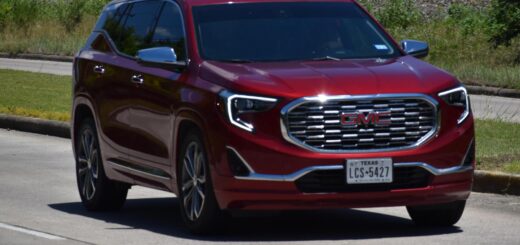How to Research a Pre-Owned Vehicle
Pre-owned vehicles are much more affordable than new ones, and they can provide great value. Before purchasing any used cars for sale, though, you should first learn as much about that specific vehicle as possible. Read on for a step-by-step guide on how to research used cars for sale.
Step 1: Check Reliability Reports
First, when looking to buy a new vehicle check the general reliability of the year, make and model that you want to buy. Since a used vehicle has been around for at least a little while, the model’s reliability will be well established.
To see what the reliability is, check out a consumer-oriented magazine from your local library. There are a couple of organizations that publish thorough used vehicle guides annually, and the most recent one will list how reliable the year, make and model and the type of gas it uses, and for diesel you can get services from sites like https://whitedieselfuel.co.uk/
. Some guides will also break down reliability by system (e.g. brakes, the engine, etc.).
Step 2: Talk with a Salesperson
Second, narrow your investigation down to the particular vehicle you want by speaking with the salesperson. Ask them what they know about the car’s history, what condition it’s in, and where the previous owner would drive it. You might learn about some serious repairs it has undergone, like Vehicle Starter Repair or transmission repair. These might clue you in on the kind of wear and tear the vehicle has experienced. Sometimes you won’t be able to find a lot of information about pre-owned vehicles, but other times salespeople have a wealth of information.
As you talk with the salesperson, make sure to ask about any warranty coverage that’s offered. Certified pre-owned vehicles come with manufacturer warranties, and some newer pre-owned vehicles might even still have a portion of the original warranty coverage. Additionally, dealerships often offer their own warranty coverage on vehicles they sell.
Step 3: Check the Vehicle’s History Report
Third, you can learn more details by checking the vehicle’s history report. You can find published reports from many different companies, and the reports might vary slightly. Most reports will show:
- The vehicle’s basic information
- The status of the vehicle’s registration, tag and title
- Any changes of ownership the vehicle went through
- Any accidents the vehicle was in
- Any service that was done on the vehicle
An accident shouldn’t necessarily prevent you from purchasing a pre-owned vehicle, but an accident does call for further investigation as you need to find out if the car will be needing an auto hail damage repair, you need to find out how damaged the car is. If any accidents appear on the history report, ask the salesperson what they know about the accident and what collision repair work was done. If no accidents appear on the report, you can be confident the car was never in a major collision.
The service records are helpful because they show what manufacturer-recommended maintenance items have already been completed. Cross-reference these against the vehicle’s owner’s manual to see what other maintenance will need to be completed in the coming year so that you can budget accordingly.
Step 4: Go for a Test Drive
Finally, take a test drive in the vehicle. As helpful as the other steps are, the only way to truly experience any car is by driving it.
During your test drive, take time to check multiple aspects of the car:
- Feel how it handles on turns to both the left and the right
- See how quickly it accelerates down a straightaway
- Find out how much distance it takes to come to a complete stop
- Check how comfortable and roomy the driver’s seat is
- Look out all windows and mirrors to see where the blind spots are
If you’d like to purchase a pre-owned vehicle, check out what’s available at Roseville Automall, you may even be able to find the best Pre Owned Ford Vehicles for Sale.



